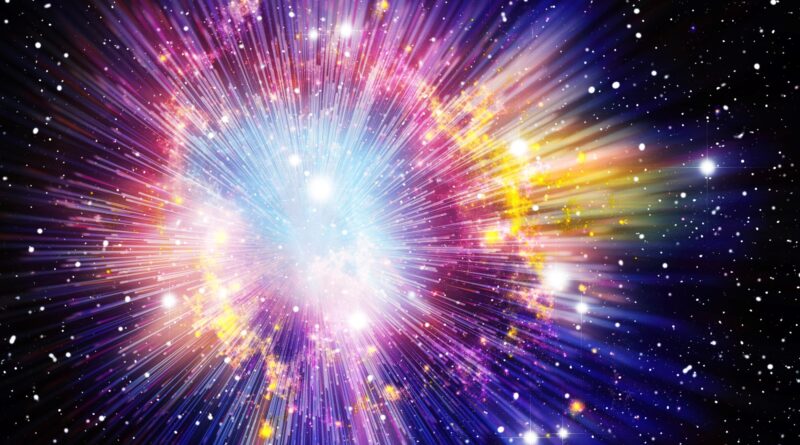How was the “Big Bang” Theory of the Origin of our Universe Developed?
The Big Bang theory is the prevailing scientific explanation for the origin of the universe. The theory was developed over several decades, drawing upon evidence from various fields of physics, astronomy, and cosmology.
The basic idea of the Big Bang theory is that the universe began as a singularity – an extremely hot and dense point in space-time – which then expanded rapidly and continues to expand today. The expansion caused the universe to cool and the formation of the first atoms and structures, leading to the eventual formation of stars and galaxies.
The first hints of the Big Bang theory came from the observations of the cosmic microwave background radiation (CMBR) in the 1960s. This radiation is the afterglow of the Big Bang, and it was discovered accidentally by two radio astronomers, Arno Penzias and Robert Wilson. The CMBR provided strong evidence for the Big Bang theory, as it matched the predicted spectrum of radiation from an early, hot universe.
Further evidence for the Big Bang theory came from the observed abundance of light elements, such as hydrogen and helium, in the universe. The observed abundances matched the predictions of Big Bang nucleosynthesis, which is the process by which these elements were formed in the early universe.
In the following years, observations of the large-scale structure of the universe, such as the distribution of galaxies and cosmic background radiation, further confirmed the Big Bang theory.
The Big Bang theory was also influenced by the general theory of relativity, which describes the behavior of gravity on a large scale. In 1915, Albert Einstein introduced this theory, which predicted that the universe should either be expanding or contracting, depending on the distribution of matter in the universe. However, at that time, the prevailing belief was that the universe was static and unchanging.
In the 1920s, the American astronomer Edwin Hubble discovered that galaxies were moving away from each other, which provided the first observational evidence for an expanding universe. Hubble’s observations supported the idea that the universe was once much smaller and hotter than it is today.
The Big Bang theory as we know it today was first proposed in 1948 by the Belgian priest and astronomer Georges Lemaître. Lemaître’s theory was based on Einstein’s theory of relativity and Hubble’s observations of an expanding universe. He suggested that the universe began as a single point, which he called the “cosmic egg” or “primeval atom,” that then expanded rapidly and cooled.
In the following years, other scientists, such as the physicists George Gamow and Ralph Alphard, worked to develop and refine the Big Bang theory. They predicted that the early universe would have been extremely hot and dense, with temperatures of around 10 billion degrees Celsius. They also predicted the existence of the cosmic microwave background radiation, which was later discovered by Penzias and Wilson.
The Big Bang theory has continued to evolve over the years, as new observations and measurements have been made. For example, the discovery of dark matter and dark energy has led to modifications of the theory to account for their effects on the expansion of the universe.
Overall, the Big Bang theory is a complex and constantly evolving scientific theory that has been shaped by a wide range of evidence and ideas from various fields of physics, astronomy, and cosmology.
Hits: 33
